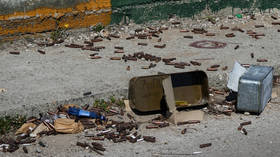‘Tunnel to the underworld’: Strange subterranean passages found beneath ancient Mexican pyramid
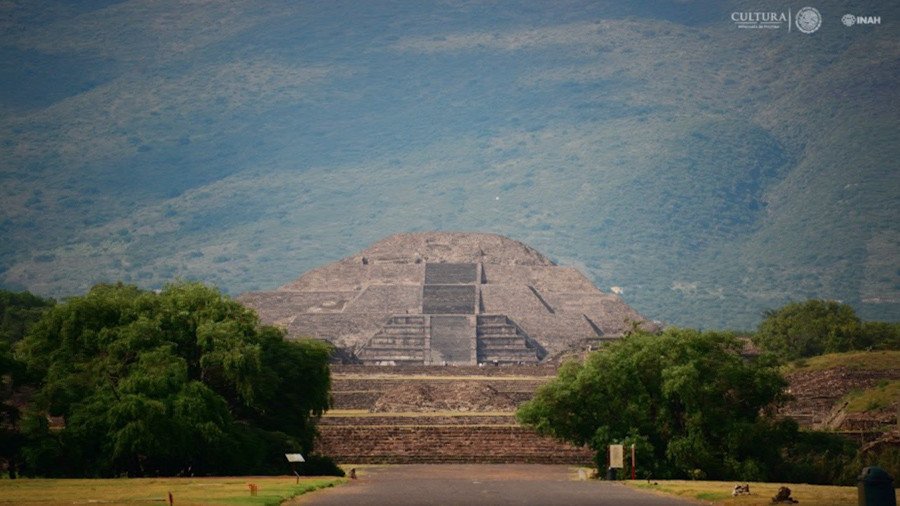
Archaeologists have discovered a mysterious tunnel and funeral chamber beneath the Pyramid of the Moon near Mexico City which was believed to represent a passageway to the ancient underworld.
The 15-meter-wide (50 ft) chamber, located around 8 meters (26 ft) under the surface is believed to have been used for sacred funerary rituals. An additional tunnel leading to the Plaza of the Moon was also discovered, opening at the southern end.
“These large offering (ritual) complexes are the sacred core of the city of Teotihuacán,” archaeologist Verónica Ortega from the National Institute of Anthropology and History (INAH) in Mexico said in a press release.
“All people considered it the mecca of civilisation, so what is found inside can help unravel the relationships this ancient metropolis had with other regions of Mesoamerica,” Ortega added.
READ MORE: Ancient Mayan discovery: 7,000yo skeleton unearthed in Mexican cave (PHOTOS)
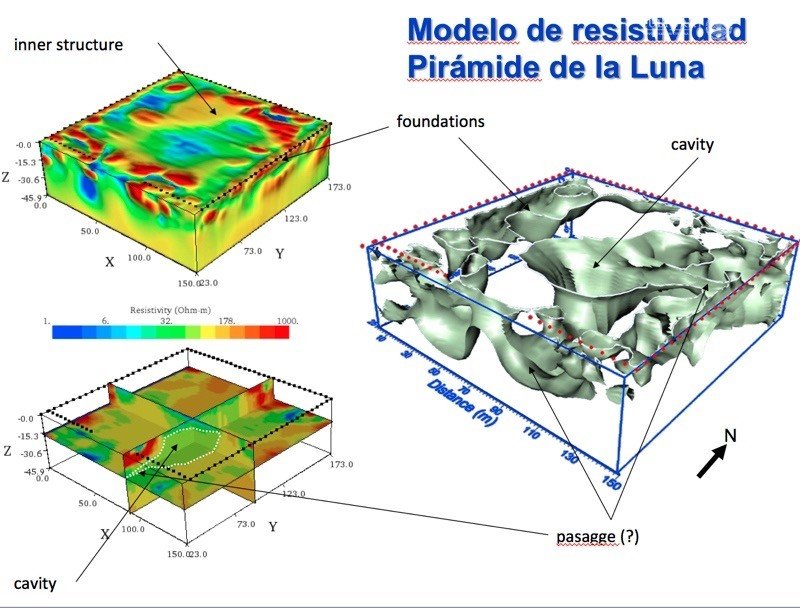
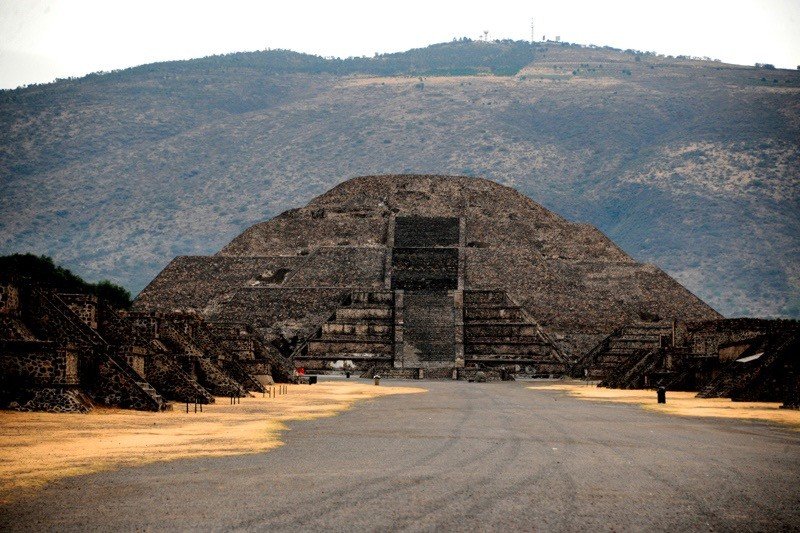
Researchers from the National Institute of Anthropology and History (INAH) and the Institute of Geophysics at the National Autonomous University of Mexico (UNAM) discovered the passageways using an imaging technique called electrical resistivity tomography in the summer of 2017, but the findings have only just been announced.
At its peak, the city of Teotihuacan, 40 km northeast of modern-day Mexico City, was once home to 125,000 inhabitants. The population carried out human sacrifices to honor the gods, earn a bountiful harvest and good fortune in war. Further excavations at the site have yet to be announced, but researchers are optimistic they will turn up more exciting discoveries.
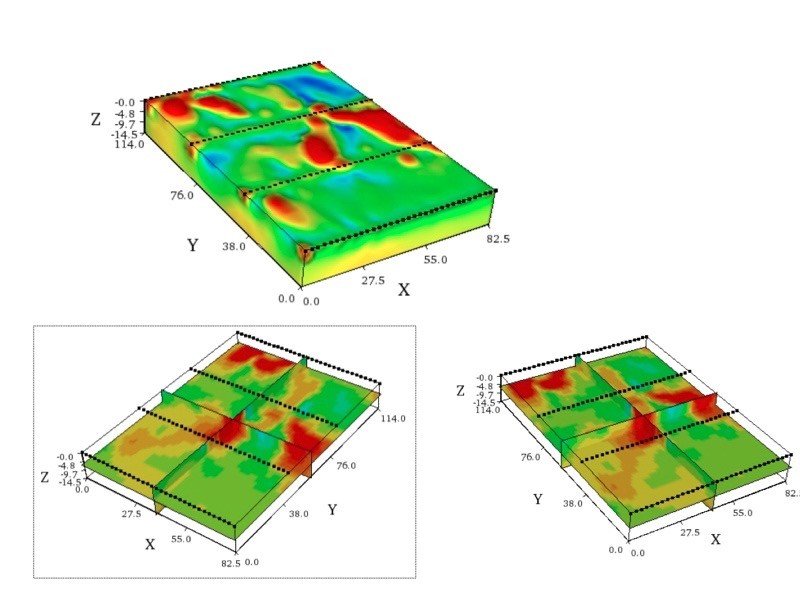
“In the excavations carried out in the tunnels under the main body of the pyramid, at the end of the 1980s, archaeologists Ruben Cabrera and Saburo Sugiyama found skeletons with deformed crania... along with various obsidian objects, so there’s a good possibility of making similar finds in this newly discovered tunnel,” Ortega said.
Like this story? Share it with a friend!





